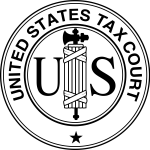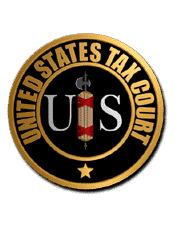 The Fourth Circuit Court of Appeals affirmed the Tax Court’s decision in favor of four taxpayers who were alleged to have participated in what the IRS describes as an Intermediary Transaction tax shelter. The majority opinion, authored by Circuit Judge Davis, held that the Tax Court properly identified and applied the controlling legal principles and did not commit clear error in its factual findings.
The Fourth Circuit Court of Appeals affirmed the Tax Court’s decision in favor of four taxpayers who were alleged to have participated in what the IRS describes as an Intermediary Transaction tax shelter. The majority opinion, authored by Circuit Judge Davis, held that the Tax Court properly identified and applied the controlling legal principles and did not commit clear error in its factual findings.
At issue was the application of IRC § 6901 which provides for collection of liabilities from transferees in certain transactions. The transaction that prompted the allegedly transferred tax liability was the sale of a closely held C corporation. The IRS characterized the sale as substantially similar to an abusive tax shelter as described in Notice 2001-16, later modified by Notice 2008-111 (Intermediary Transaction).
The IRS attacked this transaction by asserting transferee liabilities under IRC § 6901 against the four former shareholders of the dissolved corporation. As noted by the Tax Court, section 6901 does not independently impose a tax liability but rather is a procedural device by which the IRS may collect unpaid tax owned by the transferor of an asset to a transferee. Thus, the transferee liability argument was pursued only as a basis for attaching the tax liability of the corporation to the former individual shareholders. The primary tax argument advanced by the IRS was that the sale of the company resulted in a direct distribution of proceeds (and corresponding tax liabilities) to the taxpayers.
In a 33-page memorandum decision, the Tax Court denied the government’s attempt to assert transferee liability against the former shareholders. The Tax Court followed the U.S. Supreme Court’s guidance in Commissioner v. Stern, 357 U.S. 39 (1958), which defined the application of the predecessor section to section 6901, and found that the former shareholders were not liable for the transferred assets under laws of the state of North Carolina.
The appellate tribunal examined Stern closely noting that the Supreme Court had interpreted section 6901 as requiring a two-part analysis. The first was a procedural finding that section 6901 applied as a matter of federal law. The second analytical step was to determine if the transferee was liable for the transferor’s debts under state law. The Court of Appeals agreed with the Tax Court and found that section 6901 applied as a matter of procedural law but that the government had failed to prove that the former shareholders were liable for the transferee’s debts under state law. Since the governing state law did not establish a liability for the former shareholders, the IRS could not use section 6901 to collect the alleged tax liability.
Read the entire opinion here:
Starnes v. Commissioner, Nos. 11-1636 et. al. (4th Cir. May 31, 2012)






